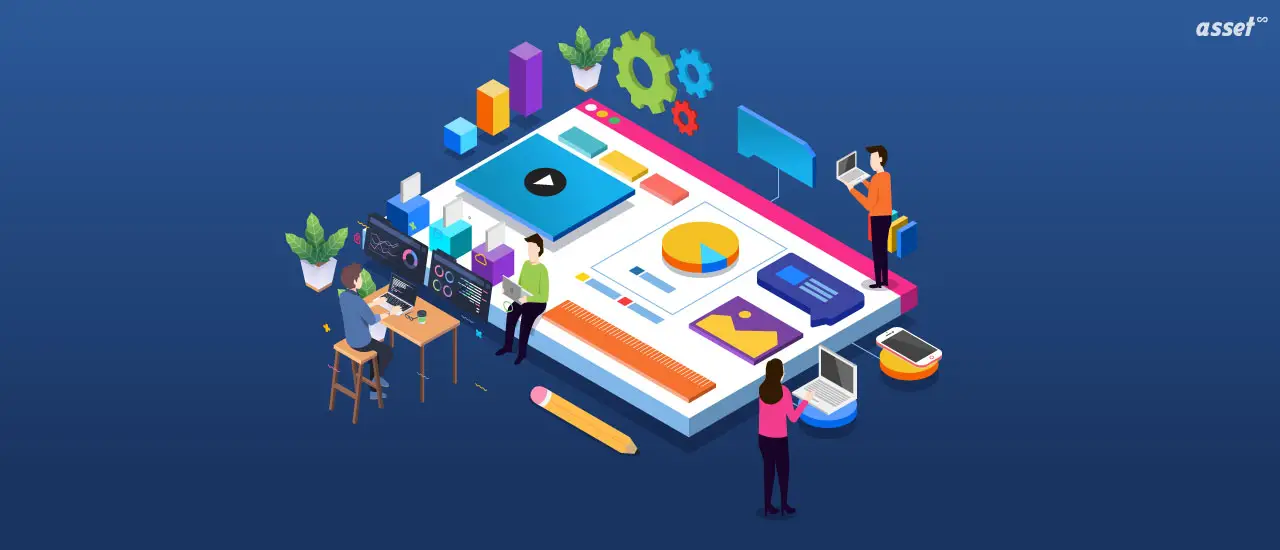The quest for optimal operational efficiency and asset management has led many organizations to explore the vast world of asset tracking software. This exploration aims at identifying a solution that not only meets their current needs but also scales with future demands.
Within this context, we delve into the defining characteristics of the best asset tracking software, scrutinizing its features through the lens of enhancing productivity, accountability, and resource allocation.
Comprehensive Visibility and Real-Time Tracking
At the heart of superior asset-tracking software lies the capability to provide comprehensive visibility and real-time tracking of assets. This feature transcends basic location tracking, embedding into the fabric of asset lifecycle management.
The software offers a panoramic view of each asset's status, history, and performance metrics, enabling businesses to make informed decisions.
By integrating with various sensors and IoT devices, it offers a live feed of asset utilization, ensuring that every piece of equipment is optimally employed.
This real-time data stream is invaluable for dynamic scheduling, preventive maintenance, and immediate response to operational hitches, thereby minimizing downtime and maximizing asset utilization.
Scalability and Customization
The digital landscape is ever-evolving, with businesses growing and their needs changing over time. The best asset tracking software is built with scalability at its core, capable of expanding its features and capacity to accommodate growing asset inventories without compromising performance.
Beyond scalability, customization plays a critical role in tailoring the software to fit the unique workflows and requirements of each organization. This means that the software should offer flexible modules that can be adjusted or extended to match the specific needs of different departments, projects, or asset types.
Such adaptability ensures that the software remains a valuable tool regardless of the business size or sector.
User-Friendly Interface and Accessibility
Ease of use is paramount in ensuring that the benefits of asset tracking software are fully realized. The best software comes with an intuitive, user-friendly interface that minimizes the learning curve for new users while offering depth for power users.
Accessibility is another critical feature, with cloud-based platforms offering the advantage of accessing the system from anywhere, at any time, and on any device.
This accessibility ensures that decision-makers and field workers can retrieve and update asset information on the go, facilitating seamless communication and collaboration across various levels of the organization.
Integration Capabilities
In today's interconnected digital ecosystem, the ability of asset tracking software to integrate with other systems is a hallmark of its effectiveness.
The best solutions offer robust integration capabilities with existing enterprise resource planning (ERP), customer relationship management (CRM), and other software systems. This interconnectedness ensures a seamless flow of information across different departments, enhancing operational efficiency and reducing the risk of data silos.
By enabling a unified view of assets in relation to other business processes, organizations can harness the full potential of their data to drive strategic decisions and optimize workflows.
Robust Security and Compliance
Security is a non-negotiable feature of asset tracking software, especially in an era where cyber threats loom large. The best software is designed with stringent security measures to protect sensitive data from unauthorized access and cyber-attacks.
This includes secure data encryption, regular security updates, and compliance with industry standards and regulations.
Furthermore, the software should provide detailed audit trails and compliance reports, aiding organizations in meeting legal and regulatory requirements related to asset management and data protection.
Conclusion
In the quest for the best asset tracking software, it's evident that a solution must offer more than mere asset tracking; it should be a comprehensive tool that boosts operational efficiency, ensures data security, and scales with the organization. While many solutions claim to offer these features, discerning organizations seek out those that have a proven track record of success and reliability.
Among the myriad of options available, Construction Asset Tracking Software stands out as a niche yet crucial tool for businesses in the construction sector, underscoring the importance of industry-specific solutions. In this regard, GetClue emerges as a commendable mention for companies looking to harness the power of top-tier asset tracking software. With its user-centric design, scalability, and robust integration capabilities, GetClue positions itself as a pivotal ally for businesses aiming to optimize their asset management practices and drive sustainable growth.





